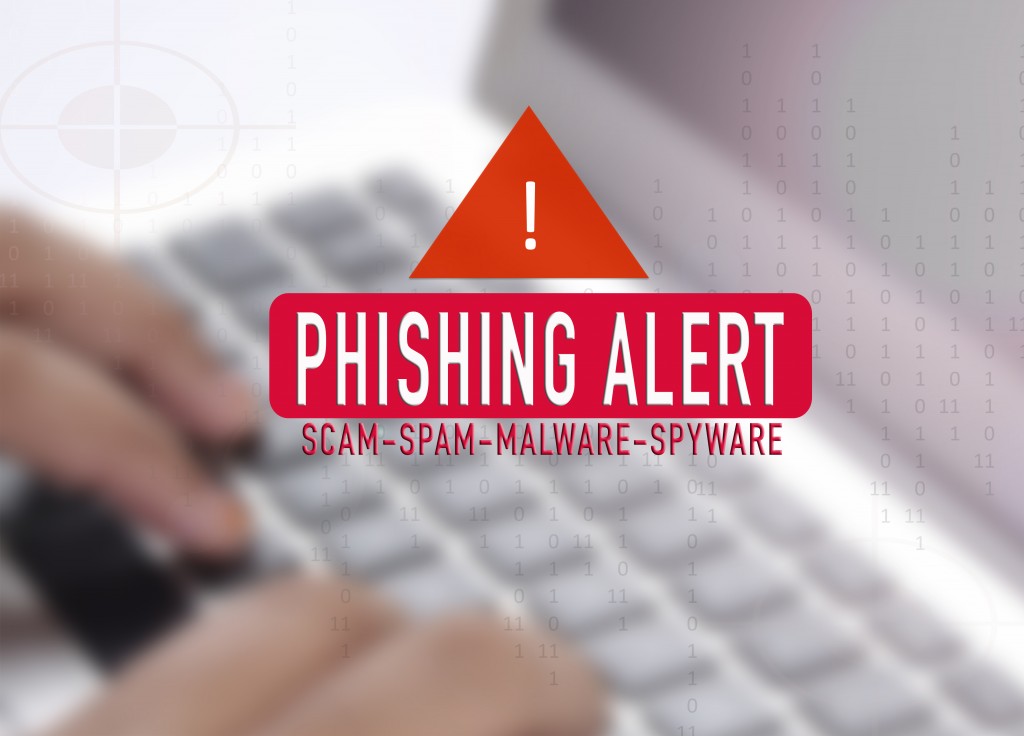As if you haven’t already been dealing with a lot of things, like an upturned life and a global pandemic, you open an e-mail, and suddenly your data has been stolen.
Such is what’s happening to some people right now. To receive the latest updates about the coronavirus pandemic, people turn to the news, especially those published online, for instant access to the information they need. Cybercriminals recognize this behavior, and they use it to carry our cybercrime in the form of phishing.
How Coronavirus Phishing Works
Sending e-mails is one of cybercriminals’ most-used phishing tactics. Research suggests that an average person checks their e-mail around 15 times per day. Such frequency makes phishing e-mails a perfect gateway into your device if a cybercriminal wants to access or steal your information.
Currently, cybercriminals use people’s need for information when sending phishing e-mails. They will send an e-mail with a subject about the latest COVID-19 news. Then, the body of the message will contain a legitimate-looking link supposedly taking you to a website that contains the information you need. Some phishing e-mails send attachments such as a PDF supposedly containing COVID-19 safety measures. The problem is that once you click on these links, you will unknowingly let malicious software (malware) into your device.
On a small scale, like when you open a phishing e-mail and link from your personal computer, you only compromise your data. But if you’re connected to your workplace’s network, for example, it might result in a major security breach, prompting the need for a company that provides IT support.
Avoid the dire consequences of falling for a phishing scam by following the security measures below:
1. Learn to recognize phishing e-mails
Phishing e-mails can be easy to spot if you know what to look for. Usually, they are characterized by:
- Sender e-mail address that looks like a popular brand’s
- Sender e-mail address from a brand/person you’ve never followed/interacted with
- Spelling and grammar mistakes
- Suspicious links and attachments
- Messages that create a sense of urgency or demand immediate action
2. Change your passwords regularly
Make it a habit to change your passwords frequently, not just for your e-mail but all your other accounts accessible online. Also, make sure that you use different passwords for different accounts. These steps lower the risk of cybercriminals guessing your password and accessing all your accounts.
3. Use antivirus software

In case you fall for a phishing scam by clicking a link or downloading an attachment, your second line of defense is antivirus software. It helps secure your device from suspicious files downloaded on your computer. It also prevents malware from damaging your device’s system or corrupting your data.
4. Never give out sensitive information online
As a general rule, personal sensitive information should never be shared online. Passwords, e-mail addresses, or bank information should only be shared for legitimate online transactions. Otherwise, keep these pieces of sensitive information to yourself because they might be misused.
The coronavirus pandemic and all the changes it has brought to your life are already challenging to deal with on their own. Don’t let a phishing scam make things even more difficult for you. Protect yourself against phishing by adhering to the safety practices above.

